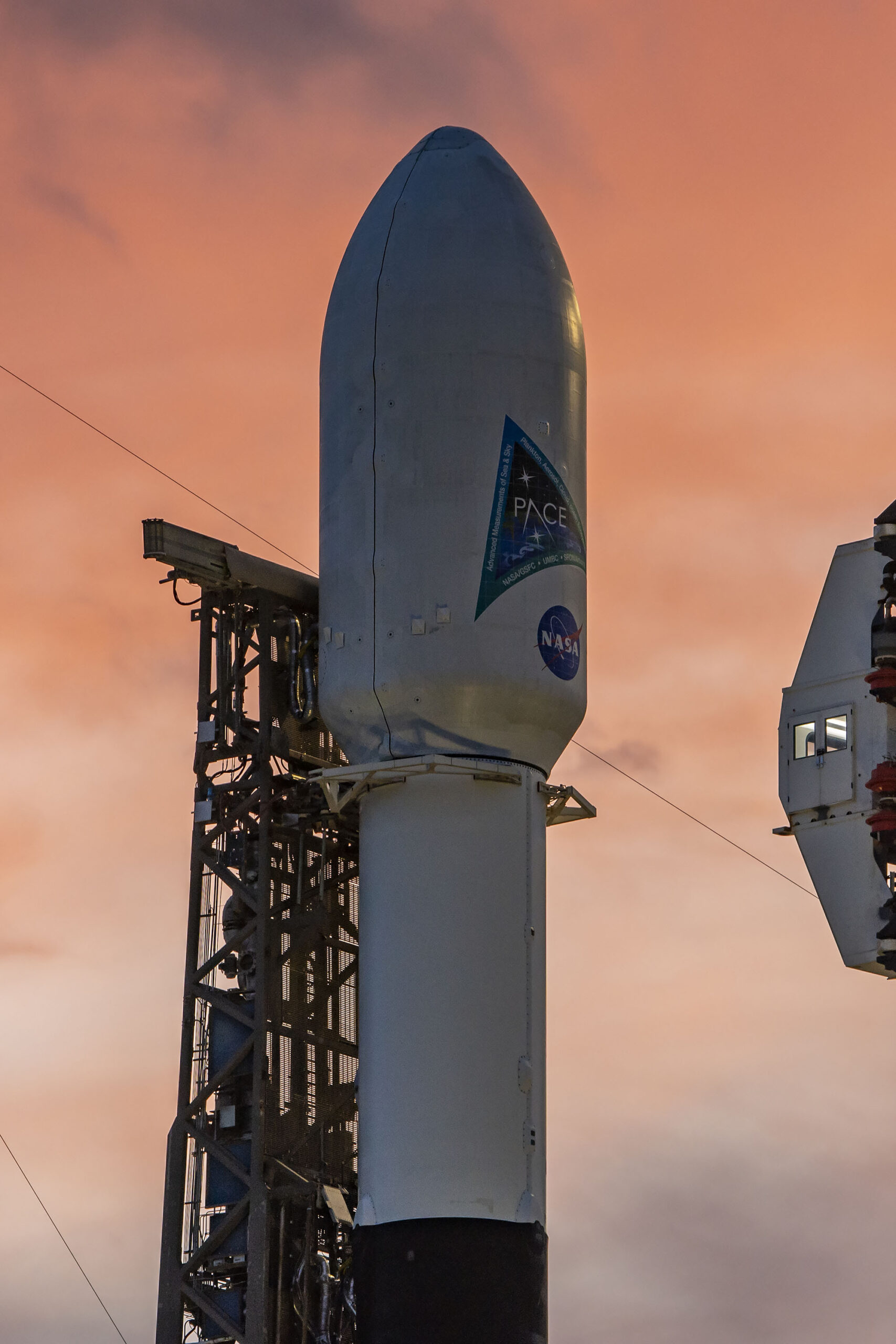
NASA and SpaceX are standing down from the Wednesday, Feb. 7, launch of the agency’s Plankton, Aerosol, Cloud, ocean Ecosystem (PACE) mission due to ground winds preventing prelaunch checkouts. The team is targeting liftoff at 1:33 a.m. EST Thursday, Feb. 8, on a SpaceX Falcon 9 rocket from Space Launch Complex 40 at Cape Canaveral Space Force Station in Florida.
The satellite and rocket remain healthy and ready for launch.
Live launch coverage will begin on NASA+ and NASA TV public channel at 12:45 a.m. EST on Feb. 8.
Continue checking the PACE blog for additional mission updates, or join the conversation on social media by following these accounts:
X: @NASA, @NASA_LSP, @NASAKennedy, @NASAGoddard
Facebook: NASA, NASA’s Launch Services Program, NASA’s Kennedy Space Center, NASA’s Goddard Space Flight Center
Instagram: @NASA, @NASAKennedy, @NASAGoddard
